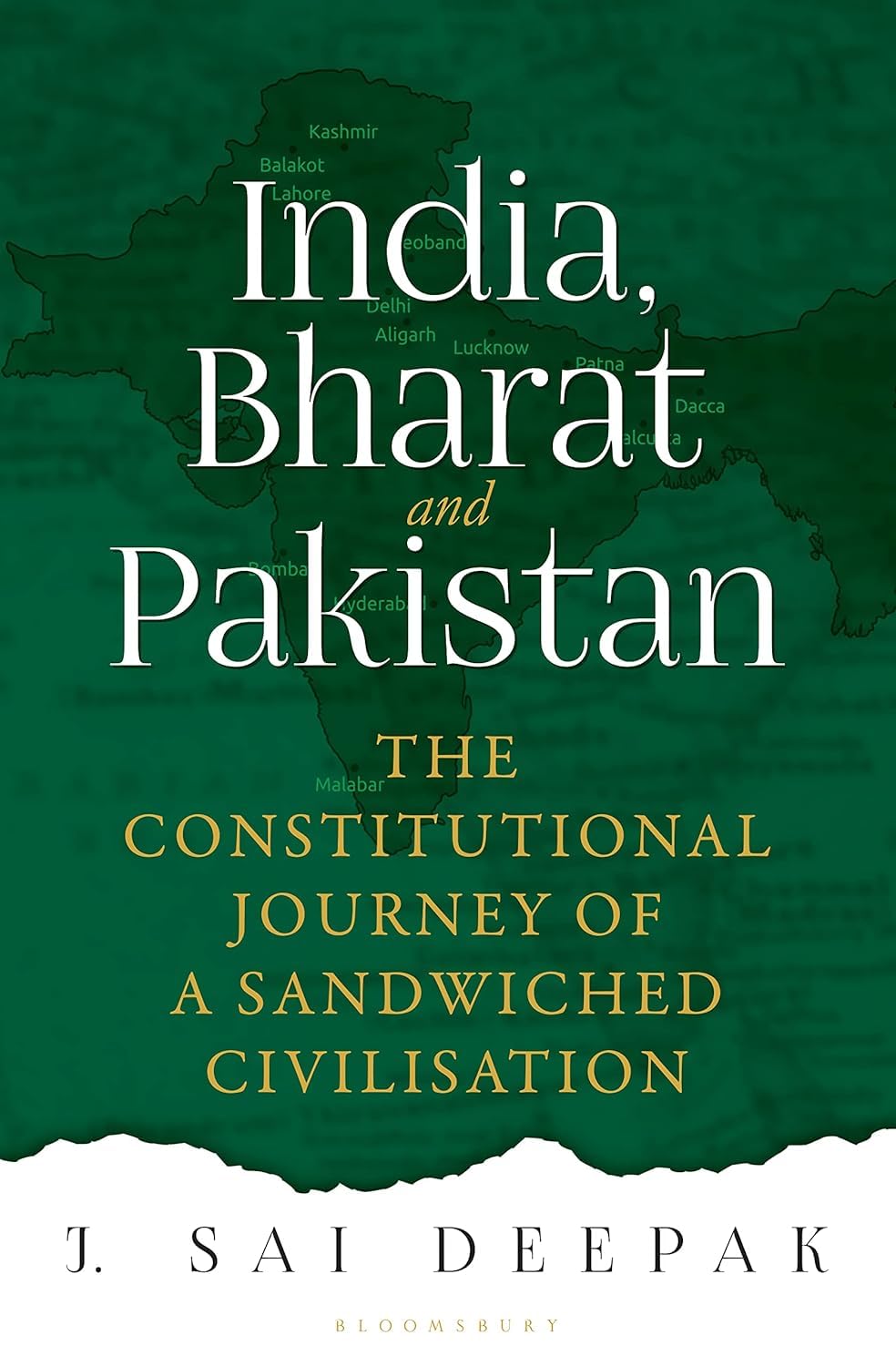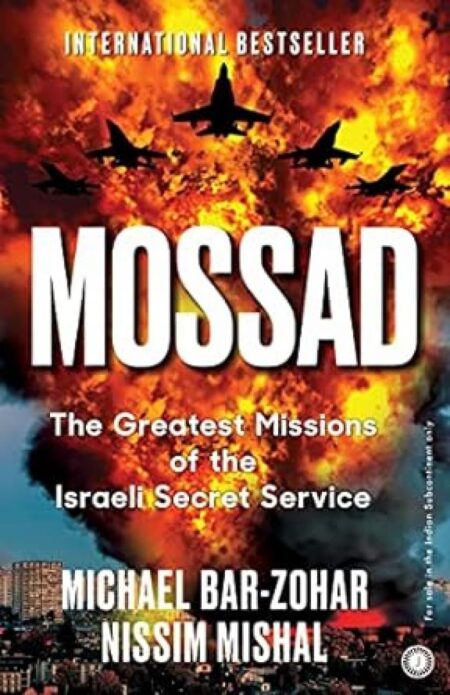Description
The terms “India,” “Bharat,” and “Pakistan” are intertwined with the history, geography, and politics of the Indian subcontinent.
- India: India is a country located in South Asia and is the seventh-largest country by land area and the second-most populous country in the world. It gained independence from British colonial rule on August 15, 1947, following a long struggle for freedom led by figures like Mahatma Gandhi, Jawaharlal Nehru, and others. India is known for its diverse culture, languages, religions, and traditions. It is a federal parliamentary democratic republic, with New Delhi as its capital.
- Bharat: Bharat is the traditional Sanskrit name for India and has been used for millennia in Indian scriptures, literature, and cultural contexts. The name Bharat is derived from the legendary king Bharata, an ancestor of the heroes of the Hindu epic, the Mahabharata. In modern times, the Republic of India is officially known as “Bharat” in the Constitution of India. The preamble of the Constitution begins with the words, “We, the people of India, having solemnly resolved to constitute India into a sovereign, socialist, secular, democratic republic…”
- Pakistan: Pakistan is a country located in South Asia, sharing borders with India to the east, Afghanistan and Iran to the west, and China to the north. It was created as a separate Muslim-majority nation from British India on August 14, 1947, following the partition of British India. The partition led to the displacement and migration of millions of people and resulted in communal violence and bloodshed. Pakistan comprises four provinces: Punjab, Sindh, Khyber Pakhtunkhwa, and Balochistan, along with several territories. Islamabad is its capital city.
These three entities—India, Bharat, and Pakistan—reflect the complex historical, cultural, and political landscape of the Indian subcontinent and its diverse peoples.












Reviews
There are no reviews yet.